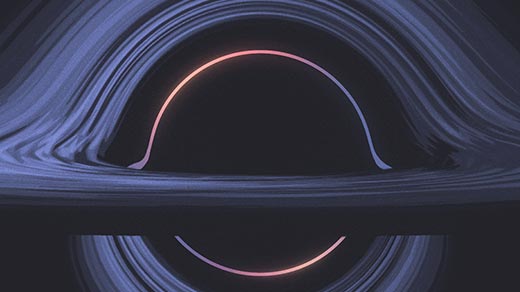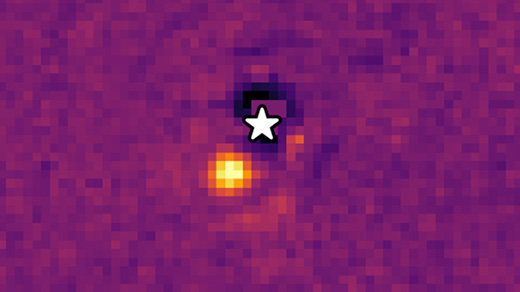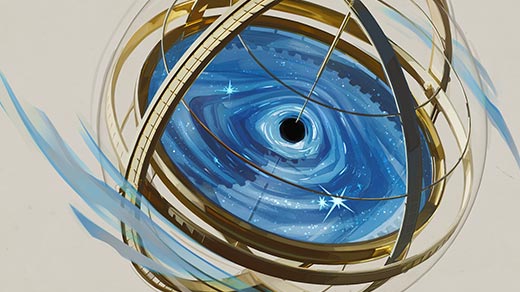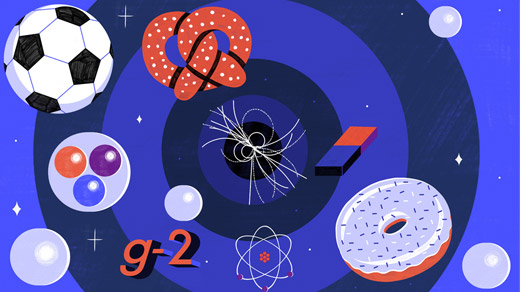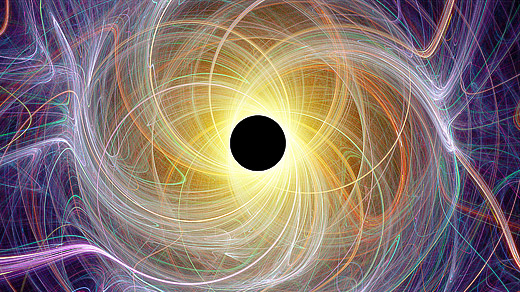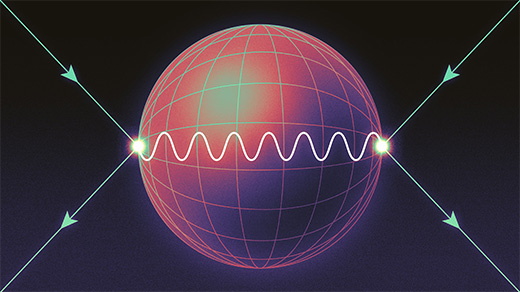What's up in
Physics
Latest Articles
Chaos Researchers Can Now Predict Perilous Points of No Return
A custom-built machine learning algorithm can predict when a complex system is about to switch to a wildly different mode of behavior.
A Black Hole’s Orbiting Ring of Light Could Encrypt Its Inner Secrets
Physicists have discovered that the ring of photons orbiting a black hole exhibits a special kind of symmetry, hinting at a deeper meaning.
Webb Space Telescope Snaps Its First Photo of an Exoplanet
The grainy image of a “super-Jupiter” is a sign of what’s to come as the telescope’s exoplanet observations ramp up.
What Drives Galaxies? The Milky Way’s Black Hole May Be the Key.
Supermassive black holes have come to the fore as engines of galactic evolution, but new observations of the Milky Way and its central hole don’t yet hang together.
Physics Duo Finds Magic in Two Dimensions
In exploring a family of two-dimensional crystals, a husband-and-wife team is uncovering a potent variety of new electron behaviors.
What Is Quantum Field Theory and Why Is It Incomplete?
Quantum field theory may be the most successful scientific theory of all time, but there’s reason to think it’s missing something. Steven Strogatz speaks with theoretical physicist David Tong about this enigmatic theory.
How the Physics of Nothing Underlies Everything
The key to understanding the origin and fate of the universe may be a more complete understanding of the vacuum.
At Long Last, Mathematical Proof That Black Holes Are Stable
The solutions to Einstein’s equations that describe a spinning black hole won’t blow up, even when poked or prodded.
Particle Physicists Puzzle Over a New Duality
A hidden link has been found between two seemingly unrelated particle collision outcomes. It’s the latest example of a mysterious web of mathematical connections between disparate theories of physics.
![A video of a large chunk of ice breaking off of a glacier and crashing into the ocean.]](https://www.quantamagazine.org/wp-content/uploads/2022/09/Predicting-Tipping-Points_520x292.jpg)
